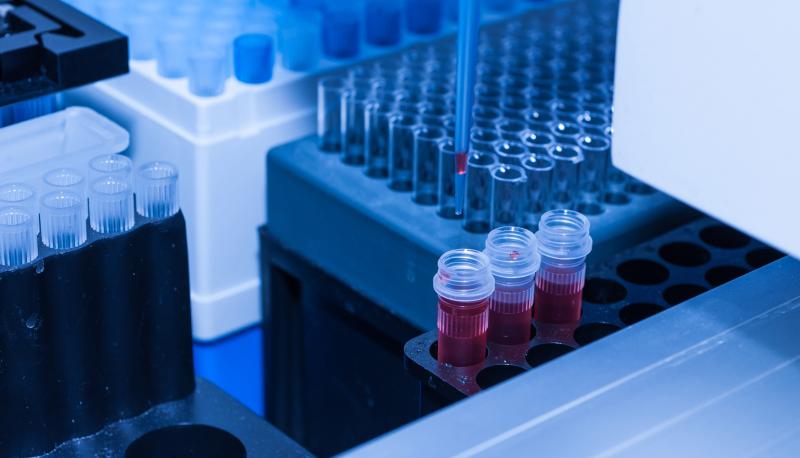Enhancing transfection efficiency to boost the growth of Transfection Reagents And Equipment Market
Market Overview:
Transfection reagents and equipment are used to introduce nucleic acids into eukaryotic and prokaryotic cells. Transfection allows the delivery of exogenous DNA, RNA, or protein, or oligonucleotides into cells to study the function of genes or analyze biological processes within cells in vitro. Transfection is a powerful laboratory technique with wide applications in areas such as functional genomics, RNAi, cell biology research, and protein production. The key types of transfection reagents available in the market include calcium phosphate, liposome-based reagents, dendrimers, viral and non-viral vectors. Lipofection and electroporation are commonly used transfection techniques. The transfection market caters to both commercial and academic research organizations globally.
Market key trends:
One of the key trends in the transfection reagents and equipment market is the development of novel reagents and techniques to enhance transfection efficiency. Researchers are focusing on improving delivery methods and developing targeted and stimulus-responsive reagents to minimize toxicity and maximize protein production. For instance, gold nanoparticles and exosomes have emerged as efficient non-viral gene delivery vectors. Programmable nucleases like CRISPR-Cas9 have also boosted research in genome editing. Commercialization of viral gene delivery techniques like lentiviral vectors is also driving the overall market growth. Advanced transfection equipment with features like integrated software, touchscreen controls, and automated plate handling is gaining popularity in research labs.
Porter’s Analysis
Threat of new entrants: The biotechnology industry requires high capital investment and stringent regulations which poses significant barrier for new entrants.
Bargaining power of buyers: Large pharmaceutical and biotechnology companies have significant bargaining power over transfection reagent and equipment suppliers due to their strong presence in the market globally.
Bargaining power of suppliers: The key raw materials required for transfection reagents and equipment manufacturing such as plasmids, vectors and other chemical components are available from multiple suppliers globally, reducing supplier bargaining power.
Threat of new substitutes: No significantly new substitutes have emerged recently that can provide similar or better results as transfection during genetic engineering experiments currently.
Competitive rivalry: The transfection reagents and equipment market is consolidated with few large players dominating the market. Intense competition exists based on product quality, pricing and innovation.
Key Takeaways
The global Transfection Reagents And Equipment Market Demand is expected to witness high growth, exhibiting CAGR of 9.3% over the forecast period, due to increasing requirement of transfection technology during genetic engineering and cell biology research.
Regional analysis: North America dominates the global transfection reagents and equipment market currently owing to presence of majority of key players and rising R&D expenditure on cell-based research in the region. Asia Pacific is anticipated to be the fastest growing market in future supported by increasing investments by governments and private organizations in biotechnology and pharmaceutical research.
Key players operating in the transfection reagents and equipment market are Qiagen NV, Promega Corporation, Polyplus-transfection SA, Mirus Bio LLC, Merck KgaA, MaxCyte Inc., Lonza Group, Bio-Rad Laboratories Inc., and Thermo Fisher Scientific Inc., among others.
For more insights, Read- https://www.ukwebwire.com/transfection-reagents-and-equipment-market-size-and-share/
